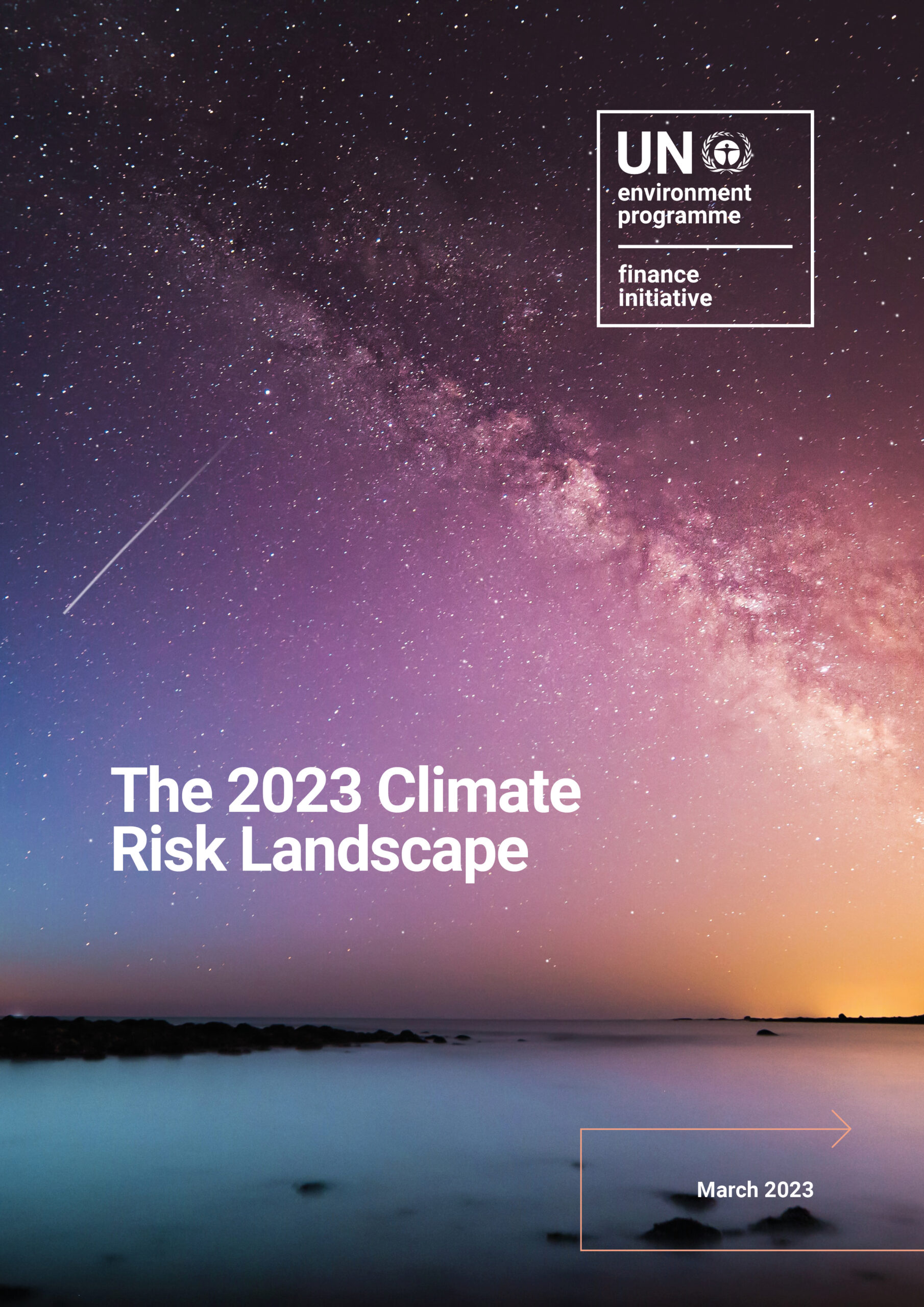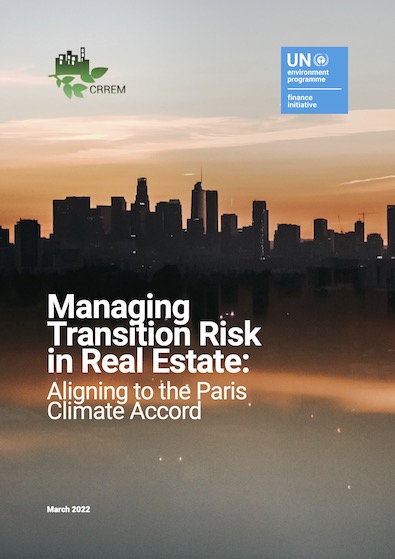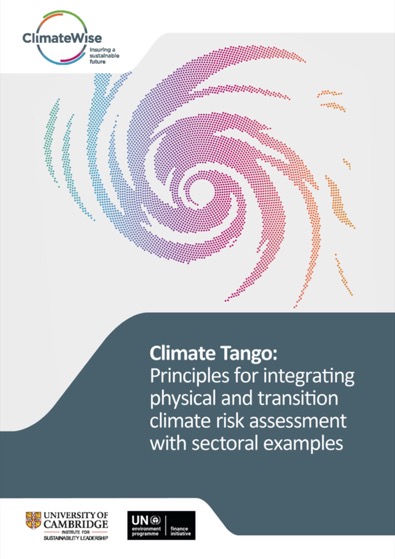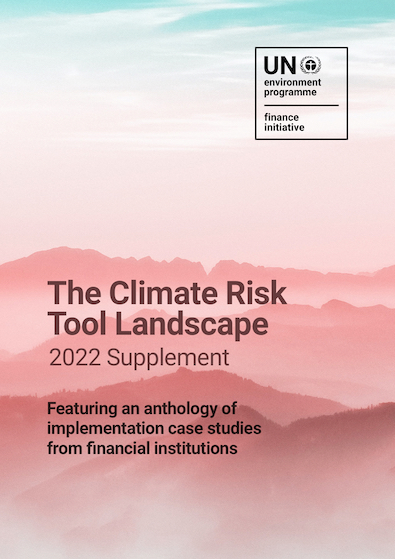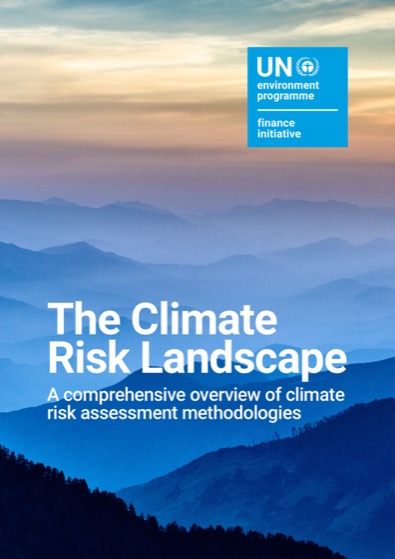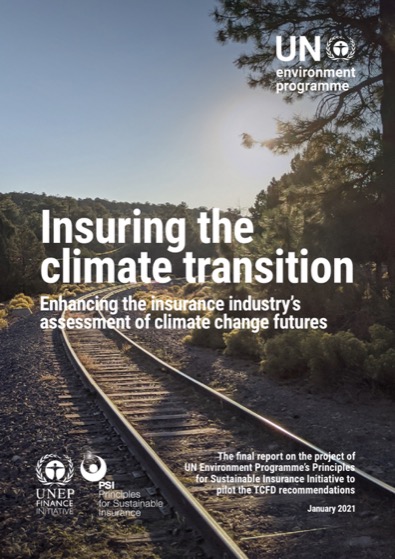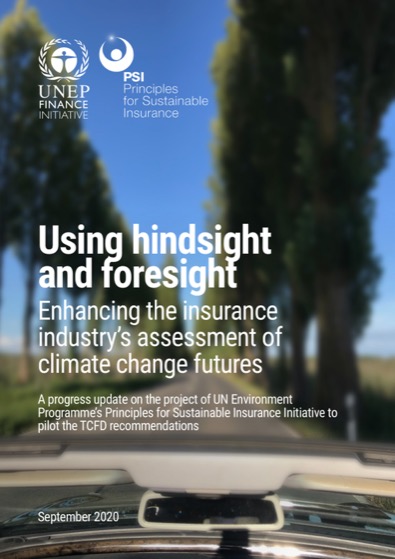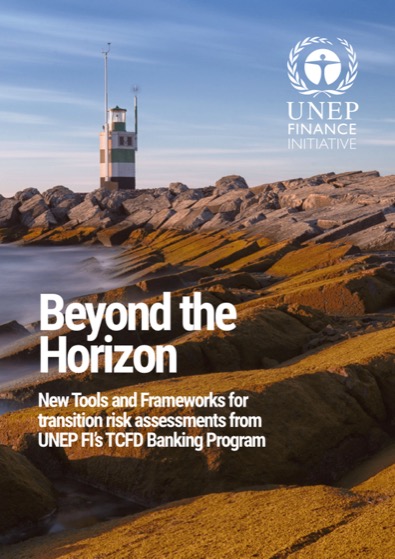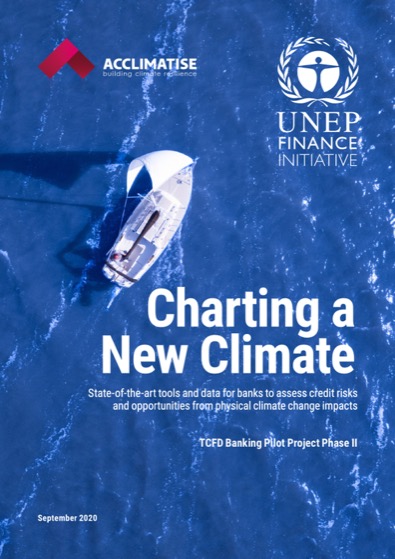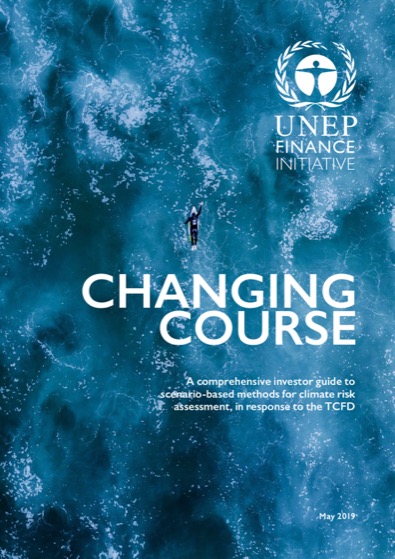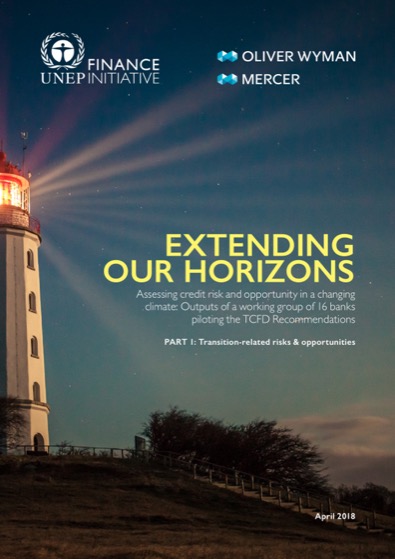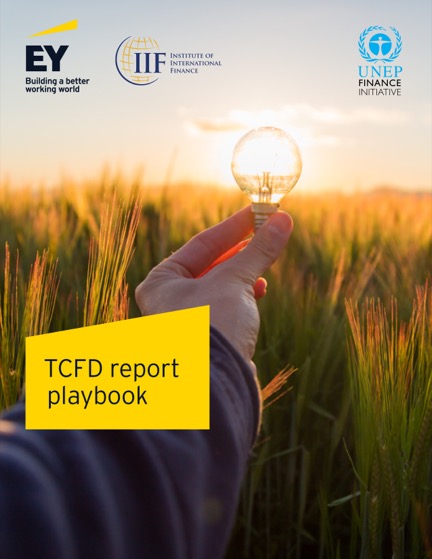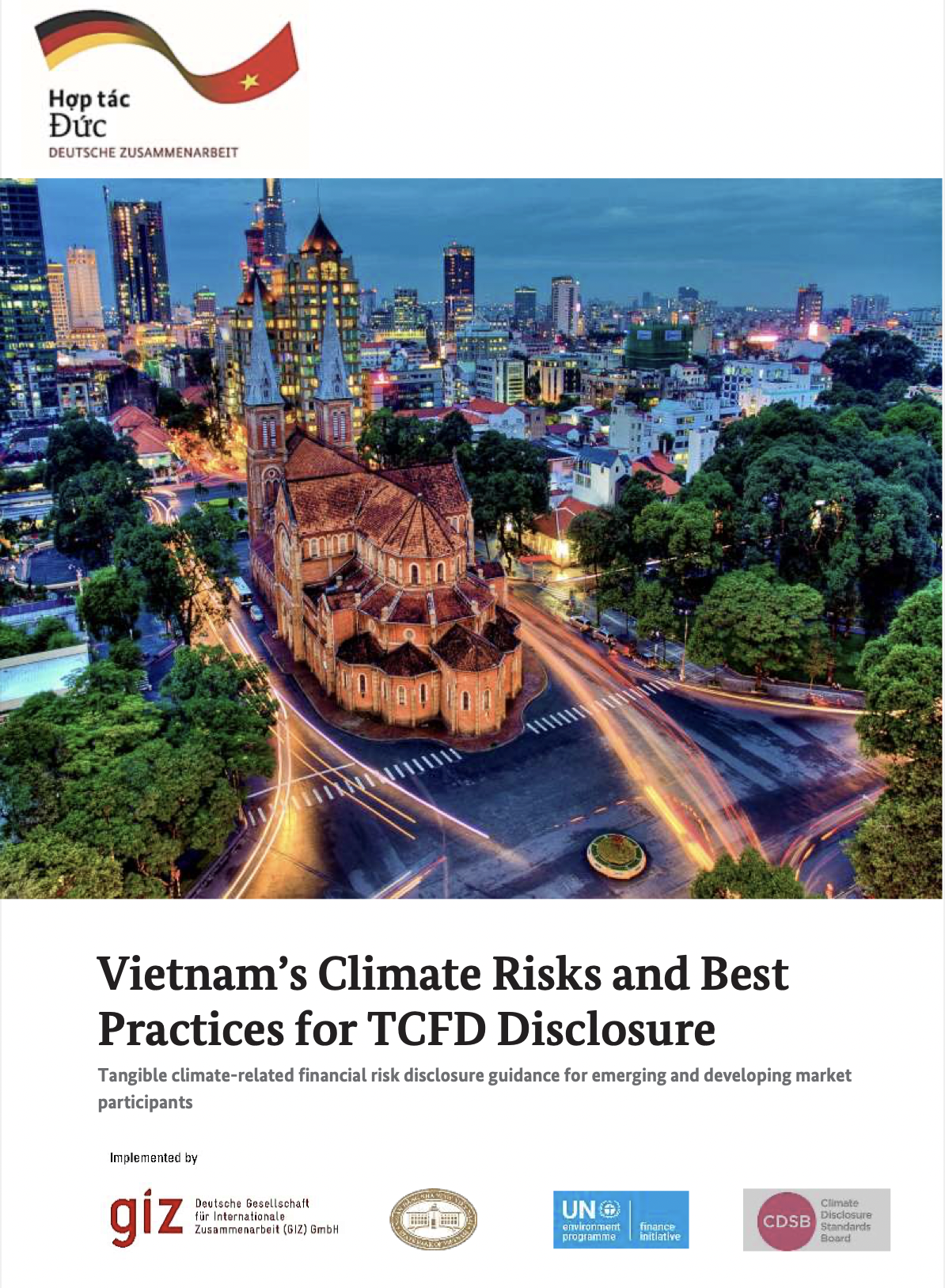Together with its members, UNEP FI has created numerous tools, methodologies, and guides to empower banks, investors and insurers to better assess, disclose and manage their climate risks. These crucial resources include the results of the work of more than 100 financial institutions who took part in UNEP FI’s pioneering Climate Risk and TCFD programme and participants in UNEP FI’s Risk Centre.
Jump directly to:
- Tools and assessment methodologies
- Climate scenarios (physical and transition risk pathways)
- Reporting and regulatory guidance
- Sectoral risks and supporting client engagement
Tools and assessment methodologies

Climate Stress Testing Methodologies for Banks: Current Practices, Challenges and the Road Ahead (2025). This report enables risk professionals at banks to stay abreast of the latest developments in climate stress testing and strengthen their internal frameworks. It outlines common approaches and key considerations and provides an update on the latest climate stress testing practices and potential use cases for climate stress testing outcomes.
Target audience: banks

Bridging climate and credit risk: Current approaches and emerging trends for climate-related credit risk assessment methodologies—insights from a global survey (2025). This report offers a detailed analysis of how banks currently assess and manage climate-related credit risks with actionable insights for risk professionals and senior management to identify strengths and gaps in their current practices.
Target audience: banks, investors, insurers

Sustainability Risk Tool Dashboard (2025) is designed to help financial institutions navigate the rapidly evolving landscape of environmental and social risk tools. This open-access database provides a comprehensive overview of more than 100 tools, detailing their features, metrics, methodologies, assumptions, and common use cases.
Target audience: banks, investors, insurers

Managing physical climate-related risks in loan portfolios (2024) offers an in-depth analysis of physical climate risk management to equip retail banks with tools to effectively assess, manage, and minimise physical climate risks in their business.
Target audience: banks, investors, insurers

Assessing climate transition risk: methodologies and roles for financial institutions (2024) delves into the critical nature of retrofits, evaluates existing methodologies for assessing climate risks in real estate portfolios, and explores various stakeholders’ roles in facilitating retrofitting.
Target audience: banks, investors, insurers

The climate data challenge: the critical role of open-source and neutral data platforms (2024) explores the increasing demand for robust climate data amongst financial institutions.This latest report explores the challenges that such companies could encounter concerning their management of critical climate data.
Target audience: banks, investors, insurers

Climate Risk Landscape Report 2024 serves as a comprehensive resource delving into the available tools for financial institutions to assess physical and transition climate risks and boost their institution’s resilience to related impacts.
Target audience: banks, investors, insurers
Climate scenarios (physical and transition risk pathways)

A Practical Guide to 1.5°C Scenarios for Financial Users (2025) aims to enhance the financial sector’s capacity to interpret and apply climate scenarios effectively. The report highlights the critical milestones identified in scenario pathways, explains their implications for emissions, energy demand, and financing needs, and examines their practical use in risk assessment and mitigation strategies, offering actionable guidance to financial institutions.
Target audience: banks, investors, insurers

Scenarios for Assessing Climate-Related Risks: New Short-Term Scenario Narratives (2024) aims to bridge this gap in climate scenario analysis by identifying short-term scenario narratives for financial use. This report serves as a guide to help financial institutions understand the implications and drivers of a range of short-term shocks.
Target audience: banks, investors, insurers

A Comprehensive Review of Global Supervisory Climate Stress Tests (2024) serves as a comprehensive resource for both supervisors and financial institutions, offering insights into the latest developments and practices in climate stress testing. It covers the scope, design, modeling approaches, and key findings of supervisory exercises, sharing good practices identified across various jurisdictions.
Target audience: banks, investors, insurers
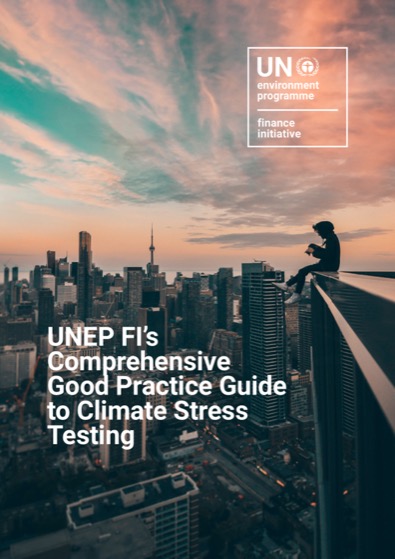
Good Practice Guide to Climate Stress Testing (2021) is a detailed user guide for financial institutions looking to understand climate stress testing and develop plans for effectively executing them. It has been created to assist the financial sector in its climate stress testing journey and should be adapted to meet the needs of a given firm.
Target audience: banks

Decarbonisation and Disruption: Understanding the financial risks of a disorderly transition using climate scenarios (2021) covers two primary themes of relevance to financial institutions, with support from Oliver Wyman. First, it examines sector specific risk drivers that could result in a disorderly transition, making the argument that climate transition risk is a significant near-term threat to much of the economy. Second, the report explored how these risk drivers are currently being modeled in climate scenarios produced by major integrated assessment models (IAMs). The paper also includes bank case studies.
Target audience: banks, investors, insurers

Pathways to Paris: A practical guide to climate transition scenarios for financial professionals (2021) is a detailed guide, in partnership with CICERO, for financial sector practitioners looking to understand and apply climate scenarios in a financial risk context. This paper also contains case studies from participating banks that capture their experiences using climate scenarios.
Target audience: banks, investors, insurers
Reporting and regulatory guidance

Physically Fit? How financial institutions can better disclose climate-related physical risks in line with the recommendations of the TCFD (2022) provides guidance on the disclosure of physical climate risks in line with the TCFD recommendations. Developed with the World Resources Institute (WRI).
Target audience: banks
TCFD Playbook (2020) – developed through consultation with member financial institutions, this document provides guidance on and examples of leading practices around TCFD reporting in the financial sector. This desk reference also aims to enhance the depth and comparability of TCFD disclosures by financial institutions. Developed with the Institute for International Finance.
Target audience: banks, investors, insurers

From Disclosure to Action (2020) – a stock-take on how financial institutions are incorporating climate risk into their operations. Numerous bank case studies and UNEP FI TCFD participant survey results provide details on the latest practices. The paper also provides concrete and actionable guidance on integrating climate risk throughout an organization.
Target audience: banks
Sectoral risks and supporting client engagement

This report series explores the key physical and transition risks that banks, investors and insurers with clients in the following sectors face: Industrials (2023). Agriculture (2023). Real Estate (2023). Oil and Gas (2023). Metals and Mining (2024). Power Generation (2024). Transportation (2024).
Target audience: banks, investors, insurers

Managing physical climate-related risks in loan portfolios (2024) offers an in-depth analysis of physical climate risk management to equip retail banks with tools to effectively assess, manage, and minimise physical climate risks in their business.
Target audience: banks, investors, insurers
Emerging Economies: Climate Risks and Best Practices for Climate Risk Disclosure (2023) provides a comprehensive overview of climate risks and opportunities in emerging economies and practical guidance to integrate climate considerations into financial reporting processes.
Target audience: banks, investors, insurers
Vietnam’s Climate Risks and Best Practices for TCFD Disclosure (2023) features an overview of the climate-related financial risks and opportunities in Vietnam and their impacts on different economic sectors.
Target audience: banks, investors, insurers
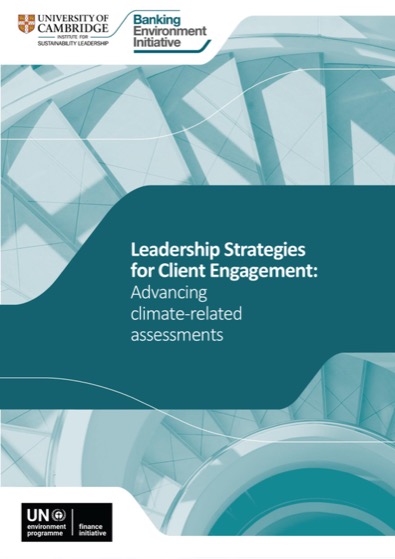
Leadership strategies for client engagement: Advancing climate-related assessments (2022) is designed to support the financial sector to improve assessment and interactions with clients in line with net zero plans. It builds on the University of Cambridge Institute for Sustainability Leadership’s Banking Environment Initiative Let’s Discuss Climate: the essential guide to bank-client engagement.
Target audience: banks, investors, insurers

